Painting and carving the horse
We've been leading up to examining The Horse in Art and there can be no doubt that the horse is God’s most beautiful creature, and a work of art in their own right. The Horse in Art is a very complicated topic therefore all we can do is whet your appetite to look further.
Horses feature in art right back to the earliest of paintings on cave walls.
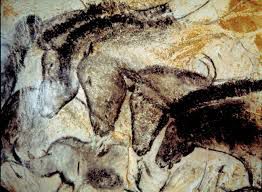
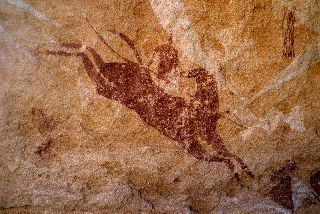
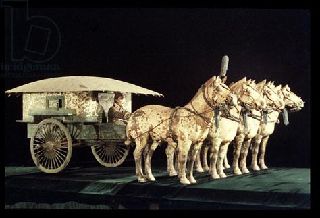
If you are interested there's an excellent summary of the Horse in Chinese History at: http://www.angelfire.com/folk/gordonscorner/ARTICLE070507.html.
Horses have been represented in art in so many ways. As statues, as images in paintings of landscapes, religious scenery, battlefields, pictures of the gentry, as the working partners of peasants, and in a genre of their own as race horses and show horses.
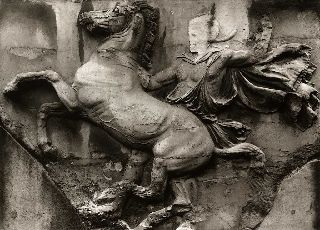
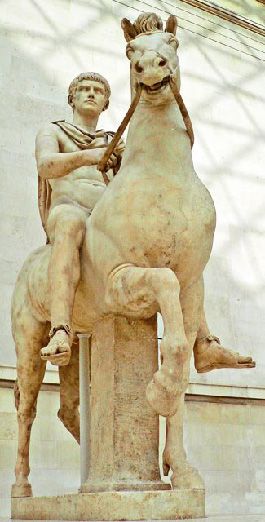
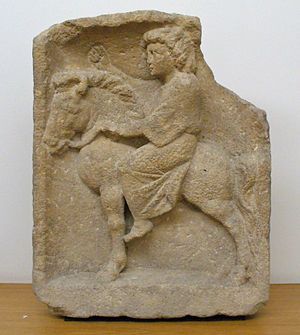
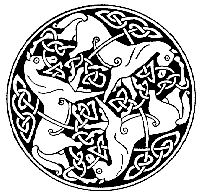
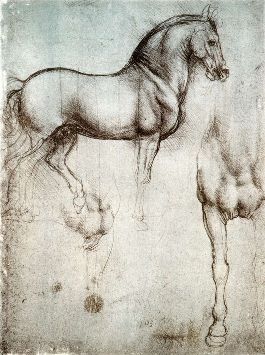
But it was the Renaissance artists who really placed the horse in its rightful place in terms of art history and equestrian art. Here is Titian's Equestrian Portrait of Charles V (also Emperor Charles V on Horseback or Charles V at Mühlberg) painted in 1548.
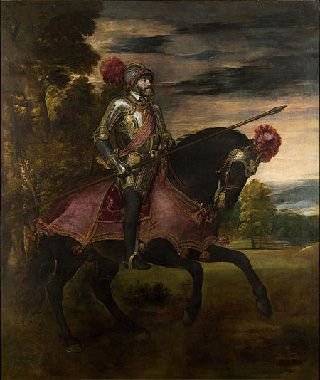
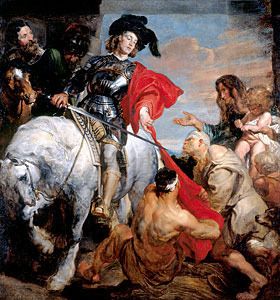
The Cowdray Engravings (one of which is shown below) are based on five paintings (produced between 1545 & 1548) for Sir Anthony Browne, King Henry VIII's Master of the Horse. They were painted onto the walls of Browne's hall in Cowdray House showing key scenes in his life. In the 1760s Philip Yorke, the Earl of Hardwick (and a keen antiquarian) proposed producing engravings of the paintings. Cowdray House burnt down in 1793 and the paintings were mostly destroyed leaving the engravings as the only record.
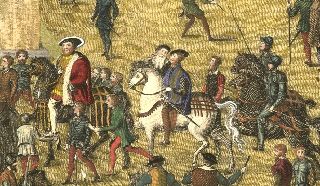
On 7 June 1520, Henry VIII of England met François I of France near Calais, for a wonderful festival, designed to improve relations between the two great rival kingdoms. So magnificent was the occasion that it became known as the Field of Cloth of Gold.
There were 18 days of feasts, tournaments, masquerades and religious services set amidst a temporary - albeit incredibly elaborate, kingdom of tents, banqueting houses and 'portable palaces'. 1
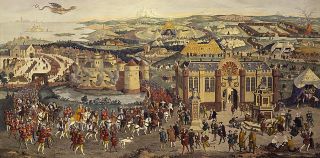
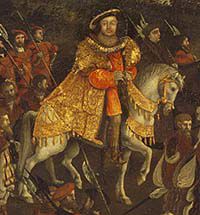
We will have to leave horses here for today but we will continue on this topic shortly. Of course we need to spend time looking at the work of Degas and his wonderful horse race images but also Aimé Nicolas Morot (1850–1913) who was a French painter and sculptor producing fantastic images of horses and other animals.
If you are interested, an excellent summary of Horse Art in History can be found at:
http://www.artbycrane.com/horse-art-history/index.html
Late Mail
It is with delight that we welcome Adel in Australia to the subscribers who are our loyal followers and for whom we write this blog. We all believe that the experience of sharing the love of all things art makes for a more harmonious life and we trust that our morning mail to you brings a smile to your face.
Footnotes
- With thanks to Hampton Court Palace, www.hrp.org/uk

